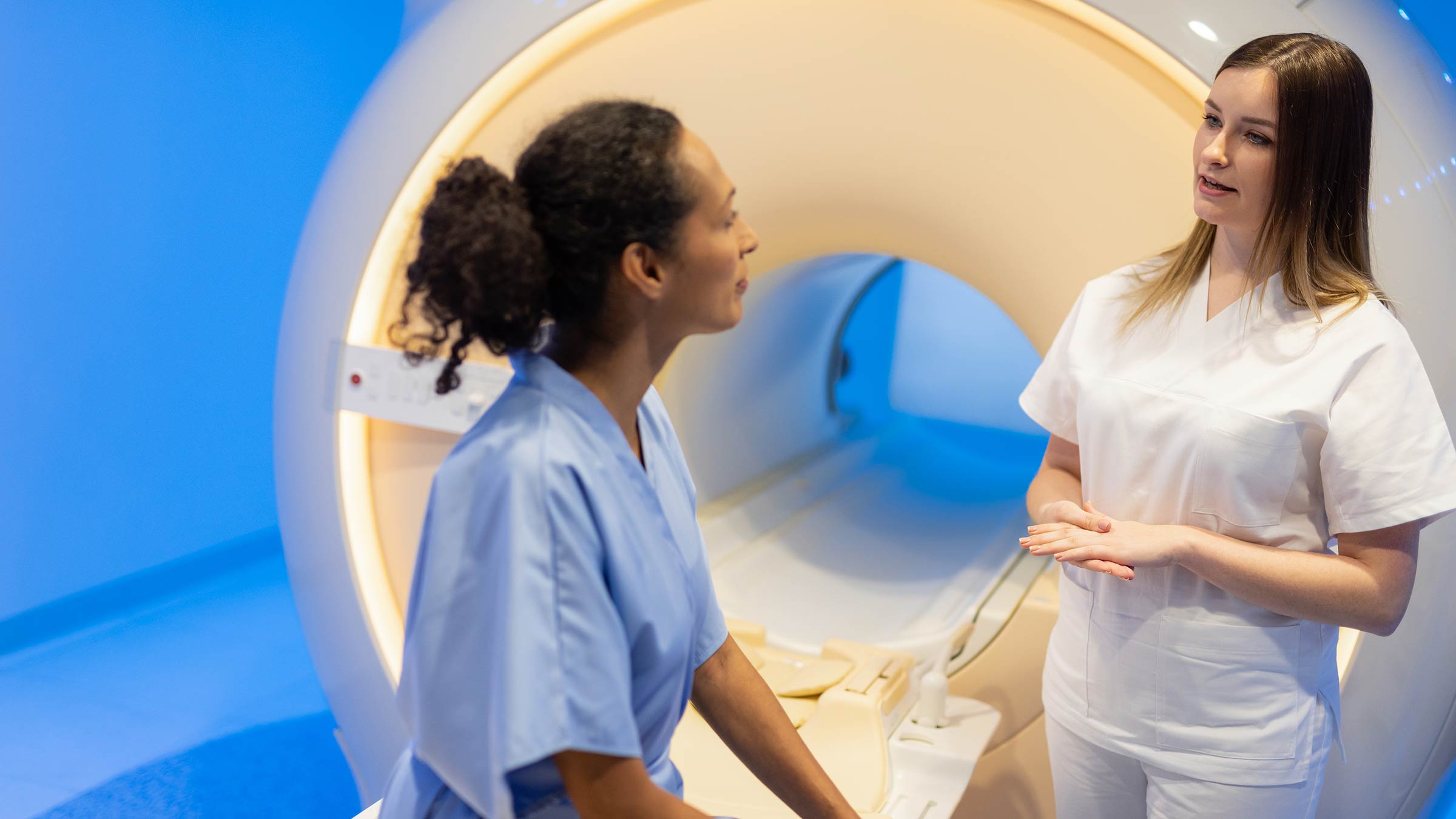
Full-body MRIs continue to gain a lot of attention as celebrities and influencers tout them as a way to screen for underlying medical conditions.
At this time, there’s no proof that full-body MRIs bring enough preventive value to recommend everyone getting a scan.
What is a full-body MRI?
A whole-body MRI is an imaging exam that evaluates the whole body using magnetic energy. It doesn't use ionizing radiation, such as in other traditional tests like X-rays and CT scans, which have their risks.
Due to advances in technology, whole-body MRI can be performed in as little as 40 minutes.
That doesn’t mean you should run out and get one, though. And these tests are generally not covered by insurance.
MRIs can detect most medical conditions
Generally, MRIs provide great resolution of the organs and can detect most medical conditions including cancers, infectious conditions, inflammatory conditions or vascular conditions (conditions related to blood vessels, such as blockages).
Once a full-body MRI identifies an abnormality in a certain organ, additional images can be further obtained to evaluate specific body regions in detail as needed.
Full-body MRIs are designed to be sensitive to screen for potential problems, but not specific, meaning additional tests are often required for images that appear problematic.
MRIs are a great tool for screening high-risk patients
MRIs are excellent for screening people at high risk of developing certain conditions and for evaluating how well a treatment has worked for someone.
Because of this, international guidelines now recommend MRI for scanning specific organs for evaluating patients with multiple myeloma, prostate cancer and melanoma and for people with certain cancer predisposition syndromes (e.g., Li–Fraumeni syndrome, constitutional mismatch repair deficiency syndrome and hereditary paraganglioma-pheochromocytoma).
Some studies have also shown that MRIs can help in managing metastatic breast cancer, ovarian cancer and lymphoma as well as for cancer screening in the general population.
MRIs have limitations when it comes to metal implants or assessing organs with movements such as your lungs
Patients with certain metal implants wouldn’t be able to get an MRI because it can cause the metal to heat up, or it can affect how well the device functions. For example, patients with certain pacemakers, aneurysm clips, cochlear implants or metallic foreign bodies should not have an MRI.
MRIs aren’t sensitive enough to detect what we need to see if there’s motion or if there are metallic foreign bodies or air in the way. That’s why MRIs aren’t used to screen for lung diseases — there’s too much breathing motion and air in the lungs. MRIs also aren’t sensitive enough to evaluate organs where there are metallic implants, because those items create extra image “artifacts” or visual noise that limit the evaluation.
What happens after a full-body MRI
Once an MRI is obtained, it's reviewed by a diagnostic radiologist (a physician with expertise in medical imaging) who then prepares a report with the findings.
The report is then sent to the patient's primary care physician, who then goes over the findings with the patient.
If there are concerning findings, then they might start treatment, obtain further tests, or refer the patients to medical specialists depending on the situation.
Are full-body MRIs a good screening tool for the public?
We don’t know yet if whole-body MRIs are useful as screening tests for the public, and there aren’t screening standards for this group.
While full-body MRIs may find some diseases, they can also detect a substantial amount of “incidental findings” (incorrect detections of disease when no disease is present) in people who have no symptoms.
This can result in further tests that can be invasive and introduce unnecessary anxiety and cost to the patients.
Furthermore, the techniques of whole-body MRIs are not standardized, so they aren’t the same in different medical centers, and the quality and effectiveness isn’t consistent between different scanners and different sites. They’re not all the same quality.
I believe full-body MRIs need more research to understand these tests better and their role in improving patient outcomes before they are required for the general public.
At this time, Ohio State Wexner Medical Center does not offer full-body MRIs for patients due to the lack of benefit-based evidence.
Whole-body MRIs are not an established screening tool for the general public.
Many insurance carriers don’t cover MRIs unless it’s approved for detecting specific medical conditions.
The cost varies among different medical institutions and can range up to several thousands of dollars when paying out of pocket.
I see the potential for health care disparities with whole body MRIs, as with any new expensive medical technology that relies on self-pay.
However, if additional research establishes full-body MRIs as a screening test that benefits the general population, I believe most insurance payors will cover it, allowing for improved access. We don’t have that data yet.
If it does become established in the future, we need to be aware of and address barriers to access and risks of disparities if there are significant costs to the patient.

When you give to The Ohio State University Wexner Medical Center, you’re helping improve lives
We’re committed to making advancements in research, education and patient care that will have an impact throughout Ohio and the world.
Ways to Give




